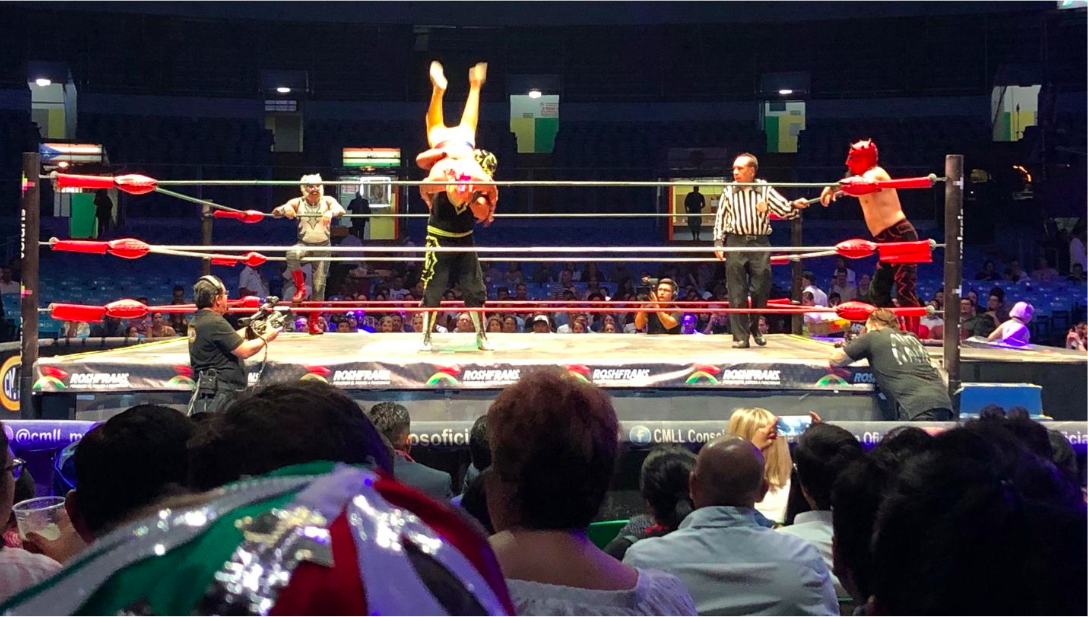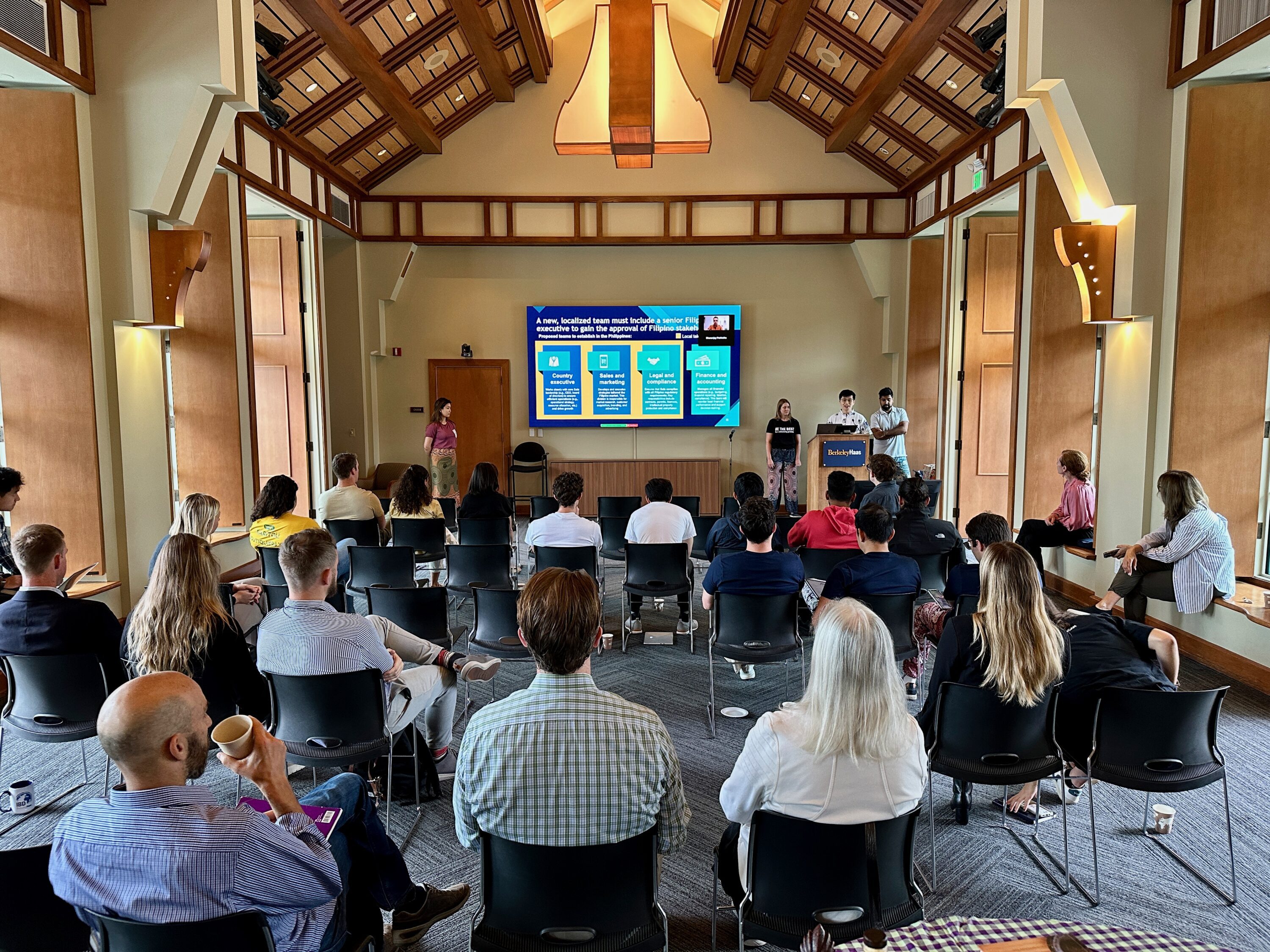Ilumexico
Written by: Nick Matcheck, Danielle Mayorga, Amit Shintre, Stacey King and Arpana Dhir
Iluméxico is a social enterprise that specializes in solar home systems for rural Mexicans living outside the electrical grid. The systems are small in scale. The typical unit is a 325-Watt panel able to power several light bulbs and a few small appliances. Iluméxico’s customers are at the lower end of Mexican the income range with $100 US being a typical monthly intake.
The company began as an NGO but converted to a social enterprise to become sustainable. Recently, growth has accelerated with a big government contract to supply panels to thousands of households. Seeing their solar business accelerate, they asked themselves the natural question: what’s next?
Our IBD project began with a simple scope: how and where could Iluméxico expand its products and services to 1) increase the quality of life of its customers and 2) ensure its business sustainability so it could continue to serve current and future customers.
We got to work in Berkeley. Our team had diverse backgrounds and skill sets: consulting, government, education, finance, startups, engineering, and supply chain, among others. Several of our team spoke Spanish, which would come in handy during research.
Our first task was to conduct general industry and company research, which was difficult from afar. Fortunately, many of our Haasie classmates had worked for other energy access companies (including our client) and, of course, were happy to “coffee chat” with us. We spoke with several Berkeley professors with expertise in energy access and social impact metrics who provided a wealth of resources and insight. We conducted interviews with a visiting scholar conducting solar power appliance research in rural India during a Berkeley Energy and Resources Collaborative (BERC) workshop. And since this is the Bay Area, we talked to head the of social impact and energy access at Facebook.
Simultaneously, a huge task was to clarify our scope with the client since it was fairly broad. After a few meetings, we were able to focus on general areas of products and services that the client might be interested in instead of specific products and services. Fortunately, our client had been conducting studies and had generated specific verticals that they knew had the potential to be important areas of focus. Our task would then be to help them prioritize their initial search so they could create prototypes and pilots in the future.
Clarified scope in hand, we then turned towards creating a framework for our future analysis. With some guidance from our faculty mentor and the consulting and excel modeling skill sets on our team, we created an initial “tool” which would rate various criteria under the general categories of customer demands and company capabilities. We called this “version 1.0” of our framework. We verified we were on the right track with our client and, before we knew it, it was time to go to Mexico.
Our time in Mexico City was an intense but enjoyable experience. Iluméxico’s entire team was great to work with. They were generous with managerial time, including their CFO and head of commercialization. They also gave us a tour of their assembly plant where we learned about their supply, assembly, and distribution systems. Iluméxico prides itself on distribution to the “last inch,” which often means the truck with batteries and panels has to stop and someone has to hike the gear up into the mountains another few hours. We heard a somber story of a donkey giving its life to get gear to customers.
We also conducted interviews in Spanish with their field managers. They stressed that the core of the company was its close relationship with and deep understanding of its customers.
After the first week, armed with research and insights, we started iterating our analytical tool. We found gaps and fixed them. We incorporated company feedback. We added a market section and updated our visualization to include this third dimension. Each team member pulled on their unique experience and skill set. We engaged in a lot of debate and iterated through “version 5.0” after several managerial and C-suite validation workshops. After our final presentation, our client’s CEO was pleased and said they would use the tool going forward to test different products and services.
Overall, our lessons are many. Diverse teams are better at solving problems. Project scope needs to be clarified early. Non-linear projects are difficult, but with research, effort, and iteration, you can get a great result.
The perfect non sequitur coda to this blog: our client took us to us to lucha libre!






